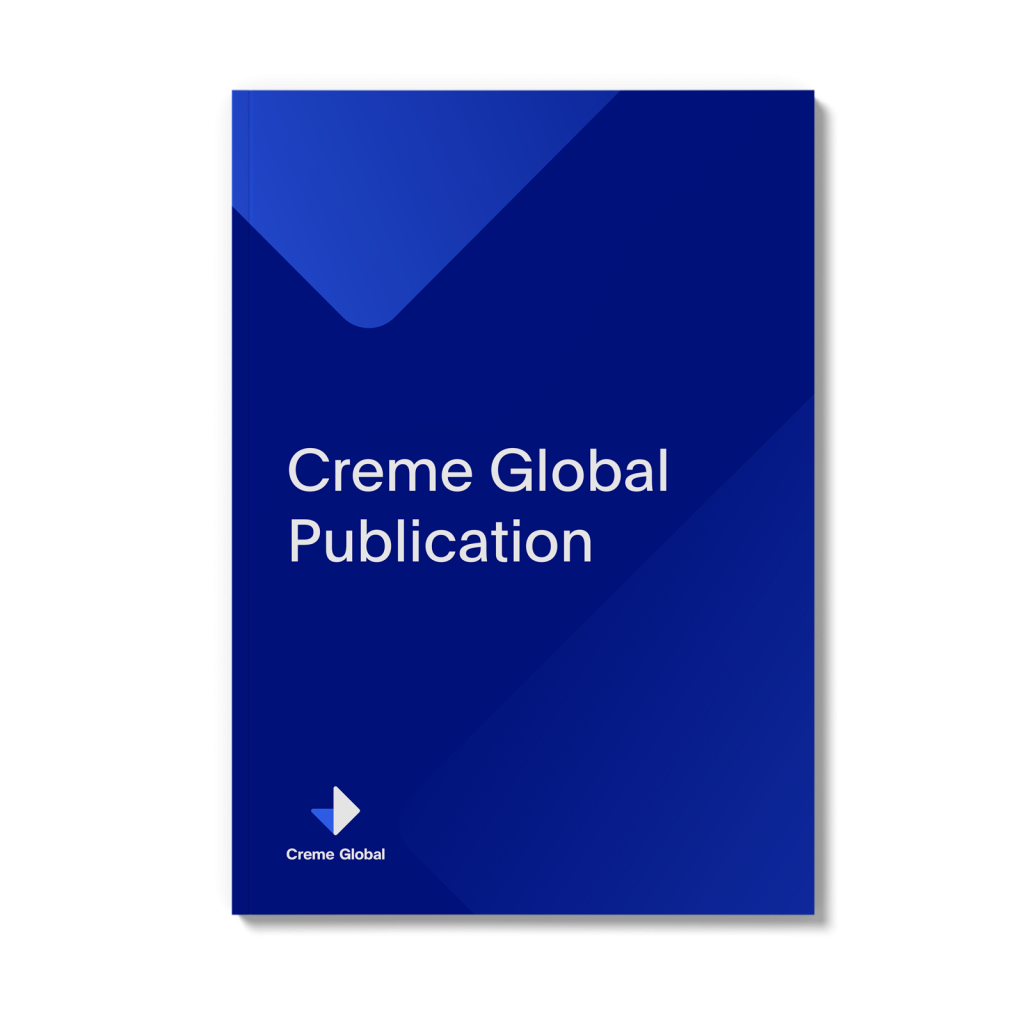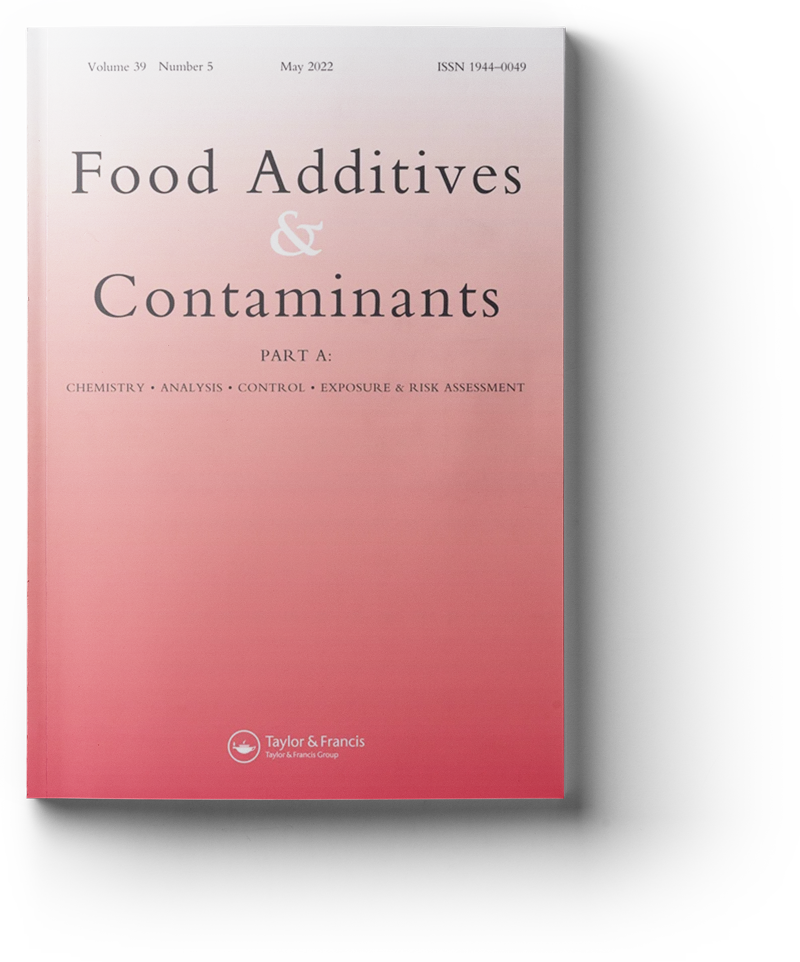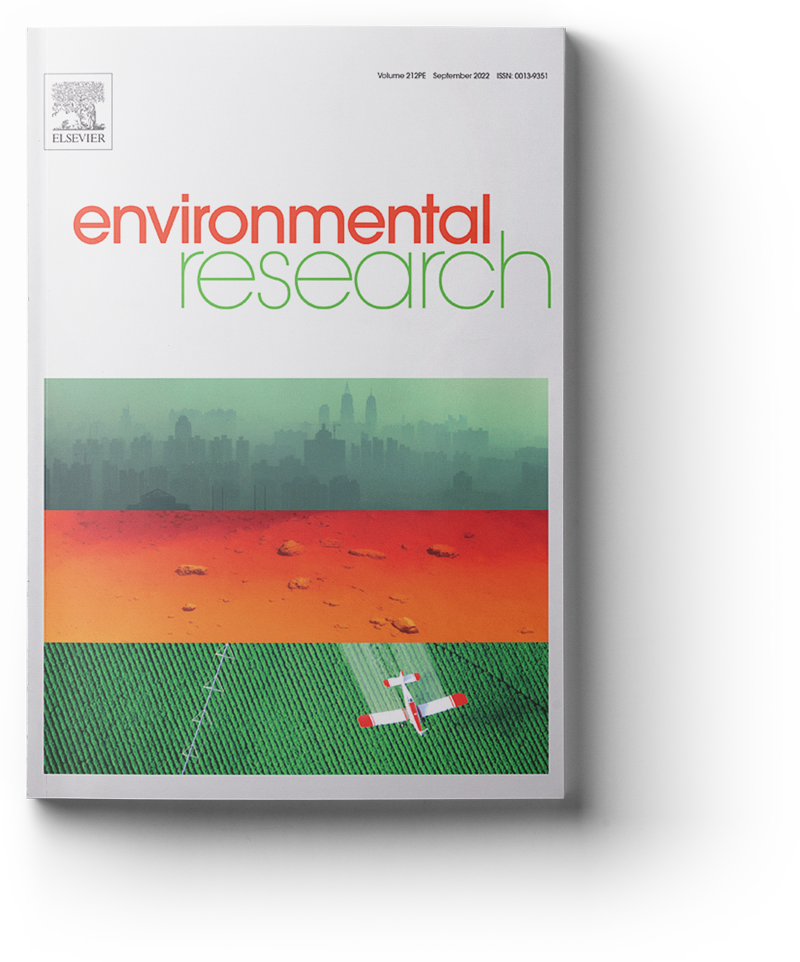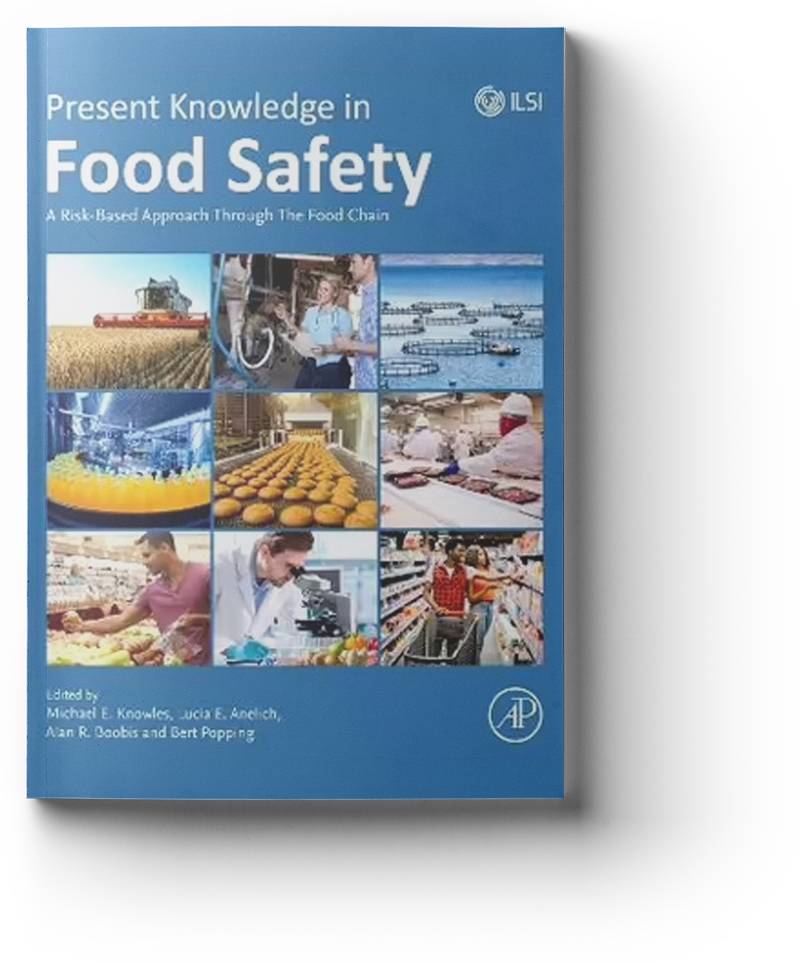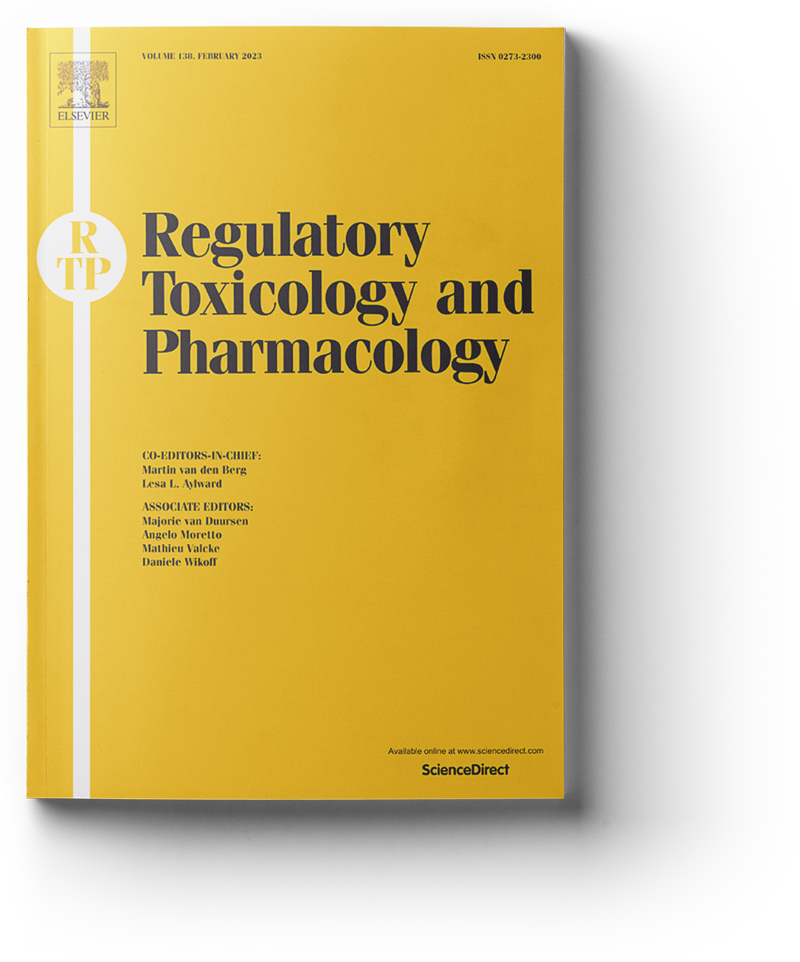Children with Phenylketonuria (PKU) and severe cow’s milk protein allergy (CMPA) consume prescribed, specially formulated, foods for special medical purposes (FSMPs) as well as restricted amounts of normal foods. These patients are exposed to artificial sweeteners from the consumption of a combination of free and prescribed foods. Young patients…
Authors: O’Sullivan Aaron J., Sandrine Pigat, Cian O’Mahony, Michael J. Gibney & Aideen I. McKevitt
Publication date: 17/11/2017
